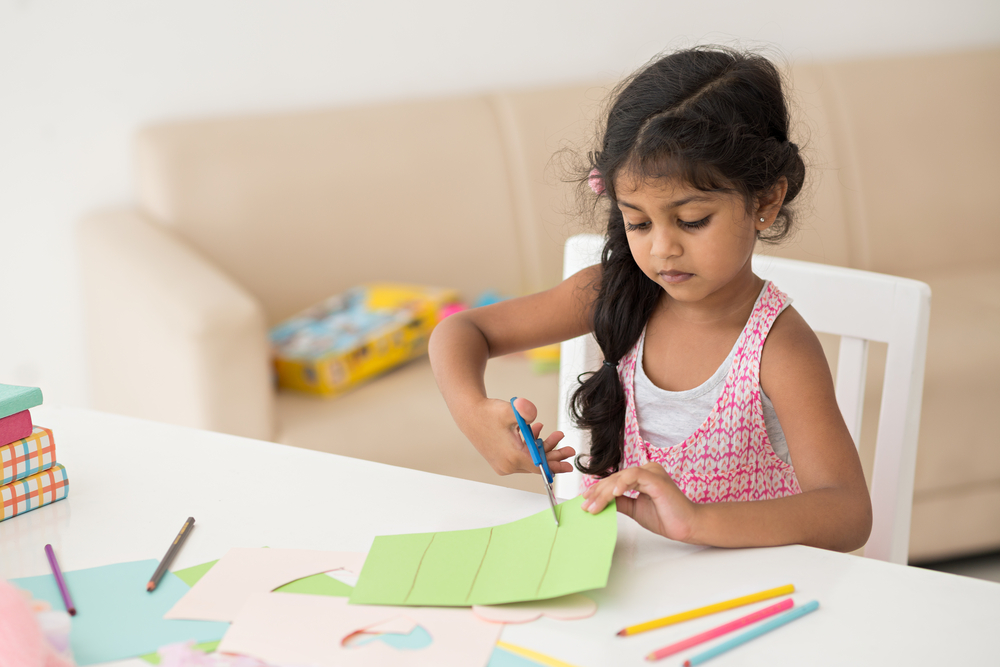Children re-create a restaurant environment with a combination of imagination, creativity, maybe some tables/chairs, some toys and art supplies
What does playing Restaurant accomplish?
- Problem solving skills: children need to work together to make decision about creating the environment and the rules of the game.
- Math and number skills. Number recognition on the money, sorting, classifying…it’s all happening in this game.
- Creativity: an important early learning skill that must be utilized to prepare for the game.
- Language and communication skills: to play this game, children practice word recognition, possible new vocabulary development, oral language and social communication.
How to play:
One ore more children can be the waiters, and one or more children can be the customers. The customers sit at a table (or on the floor). The wait staff brings them menus and the customers decide what they want to order. They order the food, which the waiters can even write down on a pad of paper if they are able to write. Then, the waiters bring the “food” to the customers. After “eating”, the customers receive a bill that the waiters present. The customers use their play money and pay the bill.
The menu, the money, the order pad, and any other props, are made prior to playing the game. That’s usually the most fun for the children-getting ready to play! But then they can take turns being waiters and customers. Although it’s hard for adults to imagine why this would be fun for children, acting out social situations that they have observed can give children a lot of pleasure; and, they learn at the same time.
Ideas for how to make the props:
- Pretend Money: Children can make pretend money out of construction paper and markers or colored pencils. They can trace real coins on paper, decorate, write the correct monetary value, and cut them out. They can do the same for paper money.
- Play Food: Cut up pieces of poster board; make them different sizes, but probably no bigger than 8″x8″. Give the children a collection of cooking magazines and they can cut out pictures of food. Then they glue the food onto individual pieces of poster board. They can trim the poster board if necessary.
- Menus/Price Sheets: This is a task for the older children usually. They can check what (play) food items are available, decide how much each item will cost, and create a menu or price sheet, neatly writing out the name of each item and its cost.
- Cash Register: Cash registers can be made out of cardboard shoeboxes or really any kind of smaller box.
© Parent Trust for Washington Children

